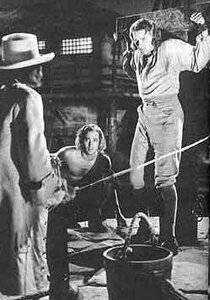- Joined
- Mar 19, 2020
- Messages
- 206
- Points
- 213

My next project will be a POF build ( CAF le Coureur) and I was wondering what would be the major changes to consider after having worked with plank on bulkhead only.
I mean this in relation to the overall approach, tools, glue etc.
The POB model involved few laser cut items and lots of fabrication from the included timbers and of course the double planking. The POF model appears to have many more laser cut items and less loose timber.
I also feel (correct me If I’m wrong) that the variation in scale Of the included items such as cannons carriages and blocks is much larger with the standard POB models than the with the more accurate, more true to the original plans POF ones. Any suggestions welcome so I know I will be as prepared as possible from the onset.
Marcel
I mean this in relation to the overall approach, tools, glue etc.
The POB model involved few laser cut items and lots of fabrication from the included timbers and of course the double planking. The POF model appears to have many more laser cut items and less loose timber.
I also feel (correct me If I’m wrong) that the variation in scale Of the included items such as cannons carriages and blocks is much larger with the standard POB models than the with the more accurate, more true to the original plans POF ones. Any suggestions welcome so I know I will be as prepared as possible from the onset.
Marcel





